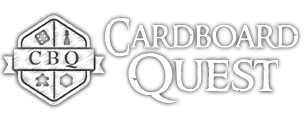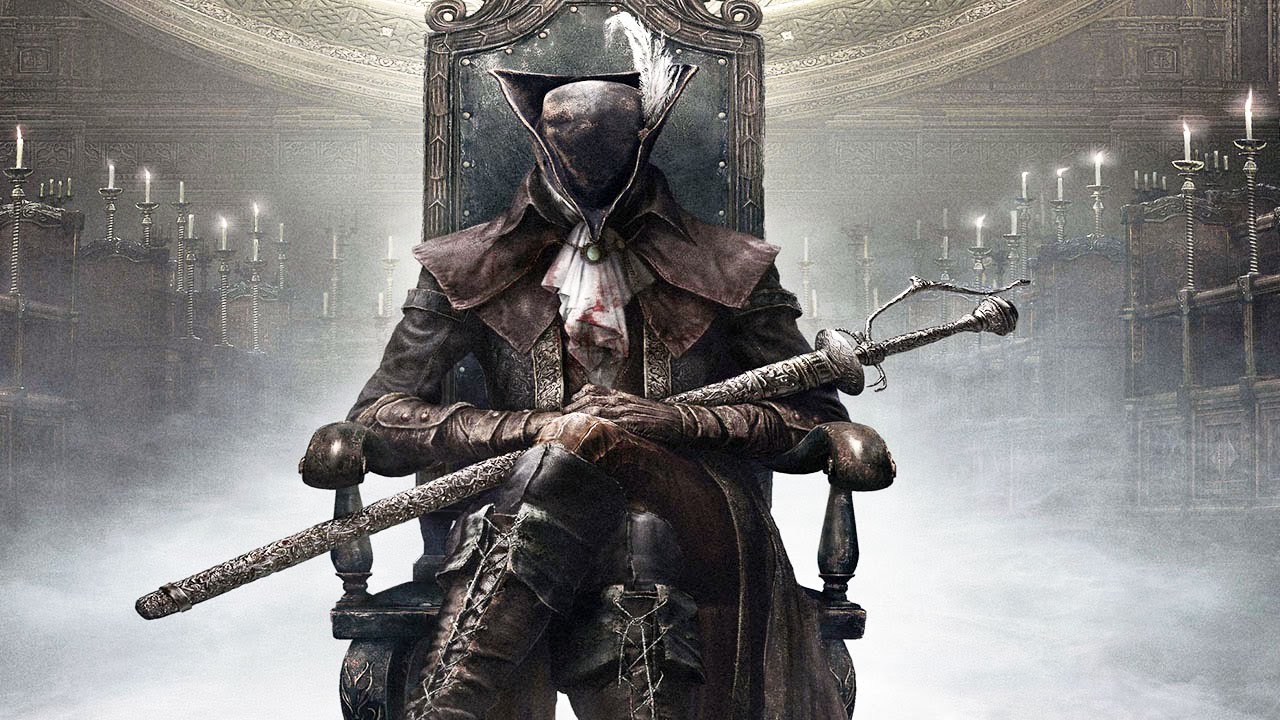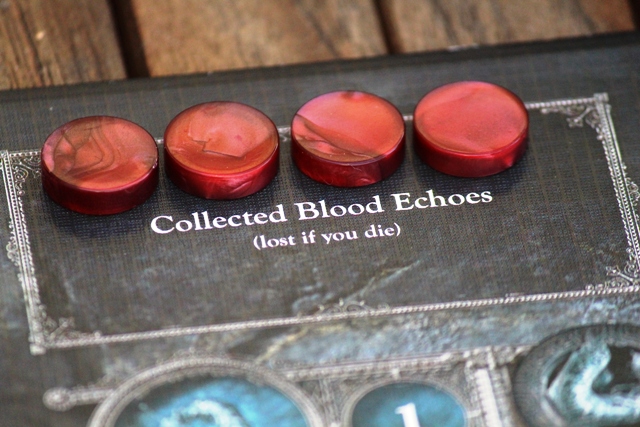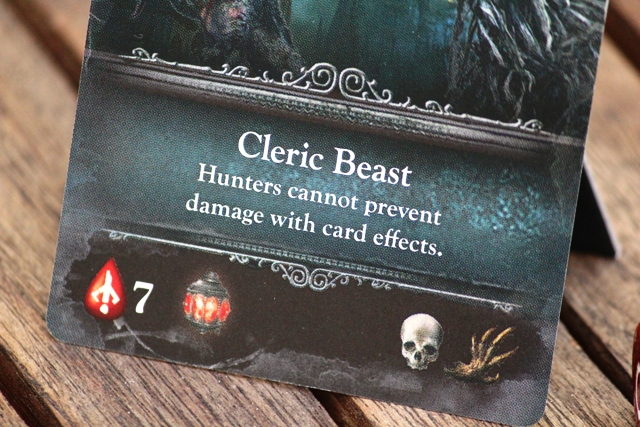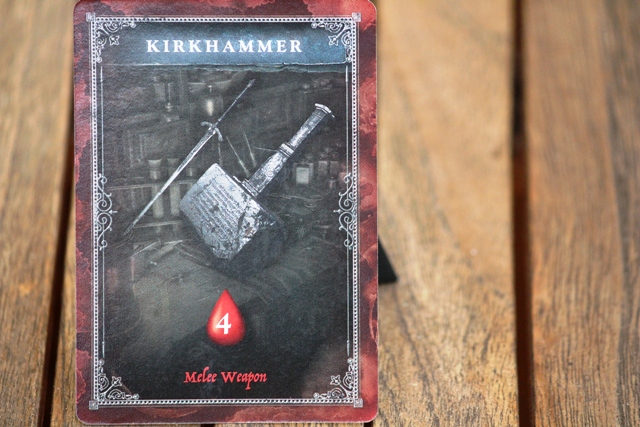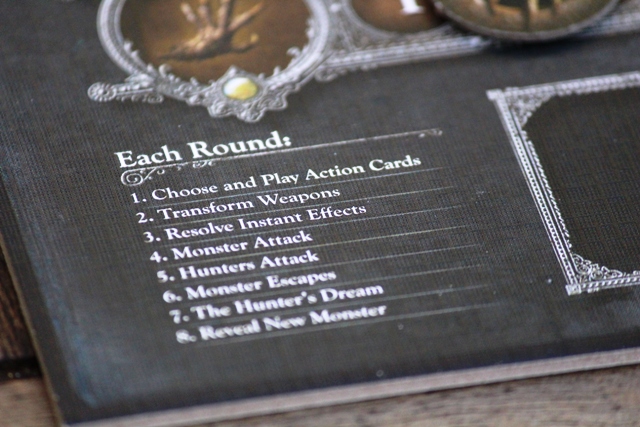Bloodborne Review

What is it? A highly acclaimed video game franchise. A designer who of late seems to do no wrong. CMON. A style of cooperation that's essentially 'thanks for giving me a leg up with your head'. Nightmarish creatures, visceral weapons (literally) all encased in a Gothic sensibility? Sounds like my perfect game so far, but is it?
Agreeing on the formula for a great video game is like agreeing on the ingredients for the perfect burger – except of course that gherkins are the spawn of the furthest reaches of the netherworld. Have you noticed I use an awful lot of food analogies in my reviews? I mean, food is great and all of that but man, am I just constantly hungry? Sorry, gherkins, right. The point is, arguments will forever rage about the perfect ratio of meat to bun, but most will generally agree on certain constants. And so with digital gaming, atmosphere is generally a major facet in our enjoyment of a particular title.
FromSoftware understands that as much as we enjoy a challenge, we still need a reason to want to overcome that challenge. And what started with the framework of Demon’s Souls back in 2009 and went through three further refinements under the Dark Souls moniker, reached the pinnacle in the form of Bloodborne. Arguably perhaps not the pinnacle of gameplay, but what at first had been a fairly generic fantasy template in the Souls series, admittedly with that distinct Japanese flair, bloomed into a wonderfully distinct take on the Gothic oeuvre. The music, the landscapes, the monsters and even the costuming joining voice in carolling an alluringly discordant melody.
Why spend two paragraphs discussing the digital version of the game? Because I want to drive home what makes that game such a powerful experience beyond simply the gameplay. It packed a thematic wallop that converted many non Souls fans into hardcore addicts (our very own Stuart included). When it was announced that not only was Bloodborne going to get a cardboard version, but that Eric M. Lang was going to be the designer, the masses got seriously hyped. We’re not just talking a designer with a penchant for appreciating darker themes, but also one of the co-designers of Game of Thrones 2nd Edition – games that revolve around decks of cards are his bread and butter.
Well, that’s not entirely true. Much of the initial hype was less ‘omg this is gonna be amazing’ and more ‘A CARD GAME!?!?!?!’. But I digress. There may have been some grumblings about being a cash-in, but fortunately the boardgame industry is wholly unlike its digital sibling when it comes to conversions across mediums (movie to videogame tie-in, anyone?). And I can happily confirm that Bloodborne The Card Game is absolutely not a cash-in – for me the more important question is, did it need to be Bloodborne?
Project Beast
The game itself is surprisingly easy to teach as the concept itself is simple. Up to five of you will join forces to battle through a Chalice Dungeon to defeat the monsters within its depths until the dungeon’s boss has been vanquished. At your disposal is a starting hand of 5 cards, mainly weapons to use in fighting the various beasties that come your way. Choose a card, play it face down simultaneously and resolve the card effects in player order, all while taking damage from the monster and potentially even your fellow Hunters.
Each monster has a Health value that indicates not only how much damage it takes before it is defeated, but how many Blood Echoes it possesses. If you damage the monster, you take Blood Echoes equal to the damage dealt. Any Blood Echoes obtained in this manner are stored in your temporary Collected section of your Hunter Board. Die before you’ve managed to transfer these to the Banked Blood section and you lose them. Monsters also all have one or more of three trophy types associated. If you’ve managed to inflict at least one point of damage in a round that sees the monster dead, you can claim the matching trophies. These are tracked on the Hunter Boards and added to your total Blood at the end of the game.
How do you die? Slowly. Agonisingly. Repeatedly. And sometimes so quickly your head will be spinning. Monsters come in three varieties: green – it’s just a scratch, yellow – time to pay attention and red – why does it hurt so much? Each colour has an associated die that when rolled damages ALL players. And they explode. No, not into deadly little shards, but rather roll a side with a certain symbol, and you roll again adding the new result to the previous one. Yes, if someone rolls an exploding die three or more times, chances are your measly 8 health will disappear post-haste. If that’s not enough suffering, all monsters have a special ability such as the Scourge Beast which deals 2 damage when revealed to the Hunter with the most cards in hand.
But as every experienced monster hunter knows, it’s no fun decapitating creatures with the same weapons over and over. Thankfully, Bloodborne has an upgrade deck with Blunderbusses and Flamesprayers and Molotov cocktails, oh my! Worried about losing out on the spoils battle? Most Ranged cards allow you to deal damage before anyone else, certain Melee weapons snag you extra trophies or prevent damage for the turn, and others are simply single-minded weapons with an insatiable lust for blood. Which brings me quite neatly to the most important card in the game, the Hunter’s Dream. Playing this card removes you from the fight and the chance to snag Blood Echoes, but it also halves any damage you might take and at the end of the round allows you to bank Blood Echoes, rest to full health, lets you to return all played cards back to your hand and you can claim an Upgrade card (in turn order should multiple Hunter’s Dreams be played).
Knowing when to play Hunter’s Dream is the key to winning the game, and there’s an element of push-your-luck that adds necessary tension to the gameplay. You’re not going to get Echoes without attacking, but sitting on 8 unbanked Echoes is an uncomfortable spot to be in. Your starting cards are also not sufficiently powerful for you to make much progress, so mastering the timing of banking those Echoes and keeping a steady stream of upgrades coming is a tricky proposition.
Power in the Blood
The lifeblood of any card game of this nature, is of course in variety. Playing the same weapons against the same monsters in a game as straightforward as this would get old very quickly. And Bloodborne almost deals with this problem, but not quite. Yes, there are 5 different boss types each with unique abilities, but two of them bring in player elimination and a lengthier game respectively which means you’re likely to only choose between 3 of them each game. There are also 7 mini bosses, of a sort, who are generally tougher to kill than the normal monsters, but as you’ll use 3 of those 7 in a game, you’ll work through them pretty quickly. The 18 monster cards are all unique, 7 are used per game.
Upgrade cards? 32 of them, which does sound like a lot, but these are all duplicated at various quantities and there’s a fairly big swing between them in terms of potency. It’s always difficult to set a boundary on what’s an acceptable level of variety, add in too many cards and you risk pricing the game beyond what people believe is fair value. But in truth, the monsters and mini bosses don’t change the feel of the game, regardless of which you incorporate, and you’ll probably run through the entire upgrade deck each game (at 4 or 5 player counts). The only genuine impact on variation is effected by the Boss monsters – for example Vicar Amelia sets maximum Hunter health to 6 for the duration of the game instead of 8, and that’s a pretty huge change.
So my first major criticism is that there just isn’t enough depth to the game. It makes little difference how the Chalice Dungeon has been constructed, one session of Bloodborne feels too similar to the last (at the same player count, that is). Certain Upgrade cards are demonstrably more powerful than others, and since selection happens in player order obtaining the more powerful upgrades is often a matter of random luck. For a game that scores as tightly as this does (just last week three of us finished on the same score), being gifted an edge simply because you’re sitting in the right chair is not ideal.
And that sense of potentially being undone due to random chance rears its ugly head on more than one occasion. Flip a monster that offers bonus trophies or extra Echoes, you’d better hope you’re not last in sequence. To be clear, this is only really an issue at 4 or 5 players – at 3 players Bloodborne becomes far more tactical. Less choice of Upgrade cards, less chance of being shafted because of player order, it’s also far easier to keep track of what your opponent(s) has played. Put it like this – Bloodborne is not a game you get better at the more you play. You’ll become better acquainted with which upgrades work best in which situations sure, but you could play the best possible game with the options you have and still not win.
The risk of implementing an IP such as Bloodborne is that one has to account for the player who may not be versed in the lore, or perhaps even the concept of the game. Whilst as a publisher you’re counting on the game appealing to existing fans, you’re hoping too that novices find some aspect of the game appealing enough to use it as a stepping stone. And this brings me back to my initial comments about atmosphere – Bloodborne just feels too drab. And yes the colour palette and the images are all straight from the digital game so I can’t really place any blame at the feet of the graphic design team, but without the immersion factor the monsters lose a sense of identity and the weapons all look the same after the first few plays.
And that’s precisely why I asked whether this game really needed to be Bloodborne, because I can’t help but feel that the same framework with a stronger theme would have not only afforded the game the depth it needs but also strengthened potential expansions.
It’s caught in this odd limbo where it flexes more strategic muscle at lower player counts, but requires the social interaction at higher player counts to highlight the game’s most successful facet – despite my criticisms Bloodborne is pretty good fun. Being outwitted by your opponents is as entertaining as outwitting them, the whoops and groans as plans rise and fall, the tension as just a single errant point of damage could dash your hopes against the rocks. It’s actually the convivial atmosphere conjured by the players themselves rather than that of the Bloodborne universe that may well find a spot for the game on your shelf.
If Bloodborne sounds interesting, check out a demo at your local FLGS. I might well be doing the deductive elements of the game a disservice, but for me the payoff of keeping track of what cards your opponent has in hand and in his discard pile is too strongly offset by the randomness. It’s a decent enough game, I just can’t help feeling that the result of what could have been a fantastic collaboration is instead just middle of the road.
With thanks to Solarpop Distribution for the review copy

Pros:
- Banking Echoes mechanism
- The art of mastering card timing
- Healthy take-that masquerading as cooperation
- 45 minutes feels like the right length
Cons:
- Randomness of turn order too influential
- Graphic design a little lacklustre
- Lacks depth after repeated plays
